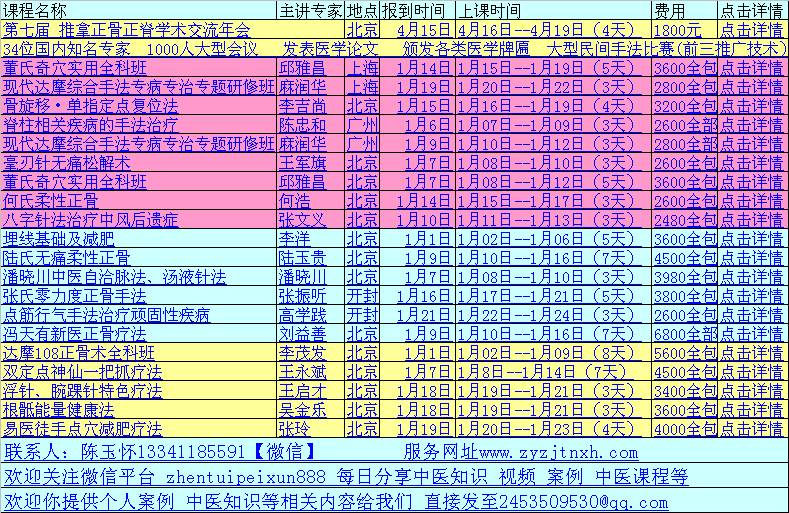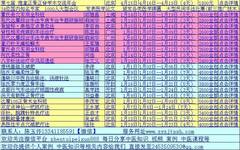

1. Fu Mai (Floating Pulse) – Lightly felt, slightly reduced with heavy pressure but not empty, more pronounced when lifted, less when pressed.
Characteristics: The pulse is felt superficially under the skin, easily detected with light pressure, and slightly diminishes with heavier pressure.
Significance: Commonly seen in exterior syndromes, also in cases of floating yang deficiency.
2. Chen Mai (Deep Pulse) – Not felt with light pressure, only detectable with heavy pressure, less pronounced when lifted, more pronounced when pressed.
Characteristics: The pulse is located deeper, close to the muscles and bones, requiring firm pressure to detect.
Significance: Often seen in interior syndromes; strong indicates excess, weak indicates deficiency. Can also be found in healthy individuals.
3. Chi Mai (Slow Pulse) – Pulse is slow, less than four beats per breath (equivalent to less than 60 beats per minute).
Characteristics: The pulse frequency is lower than normal.
Significance: Commonly seen in cold syndromes; strong indicates excess cold, weak indicates deficient cold. Also seen in cases of heat accumulation.
4. Shuo Mai (Rapid Pulse) – Pulse is rapid, five beats or more per breath but not exceeding seven (between 90-120 beats per minute).
Characteristics: The pulse rate is faster than normal but slower than a racing pulse.
Significance: Commonly seen in heat syndromes, also in interior deficiency syndromes.
5. Xu Mai (Weak Pulse) – Weak in all three positions, empty when pressed, fingers feel soft.
Characteristics: The pulse is weak in all three positions (cun, guan, chi) and in all three depths (floating, middle, deep).
Significance: Indicates deficiency, often of both qi and blood.
6. Shi Mai (Full Pulse) – Strong and full in all three positions, both rising and falling are vigorous.
Characteristics: The pulse is strong and full in all three positions and depths, with a wide pulse vessel.
Significance: Indicates excess syndromes, also seen in healthy individuals.
7. Hong Mai (Surging Pulse) – Wide and strong, vigorous rise and weak fall, resembling turbulent waves.
Characteristics: The pulse is wide and strong, felt superficially with force.
Significance: Commonly seen in yangming heat syndrome.
8. Xi Mai (Thin Pulse) – Thin as a thread, but distinct under pressure.
Characteristics: The pulse is narrow, felt like a thread, but distinct when pressed.
9. Hua Mai (Slippery Pulse) – Smooth and flowing, feels round and smooth like beads rolling.
Characteristics: The pulse feels round and smooth, easily detected in all three depths.
Significance: Commonly seen in phlegm-damp, food stagnation, and excess heat syndromes. Also a common pulse in youth and during pregnancy.
10. Se Mai (Choppy Pulse) – Thin and slow, with uneven rhythm.
Characteristics: The pulse is thin and feels stagnant, with an uneven rhythm.
Significance: Commonly seen in qi stagnation, blood stasis, and deficiency syndromes.
11. Xian Mai (String-like Pulse) – Straight and long, like a plucked string.
Characteristics: The pulse is straight and long, with a strong force, feeling firm under pressure.
Significance: Commonly seen in liver and gallbladder diseases, pain syndromes, and in healthy elderly patients.
12. Jin Mai (Tight Pulse) – Tense and strong, like a taut rope.
Characteristics: The pulse is tense and strong, with a higher tension than a string pulse.
Significance: Commonly seen in excess cold syndromes, pain, and food stagnation.
13. Huan Mai (Relaxed Pulse)
(1) Ping Huan Mai (Normal Relaxed Pulse) – Pulse is gentle, four beats per breath (60-70 beats per minute), with a uniform rhythm, indicating healthy stomach qi.
(2) Bing Huan Mai (Sick Relaxed Pulse) – Pulse is weak and sluggish, lacking strength.
14. Ru Mai (Soft Pulse) – Floating, thin, weak, and soft.
Characteristics: The pulse is floating, thin, and soft, easily detected with light pressure.
Significance: Commonly seen in deficiency syndromes or dampness.
15. Ruo Mai (Weak Pulse) – Deep, thin, weak, and soft.
Characteristics: The pulse is deep and thin, weak and soft, felt close to the bones.
16. Wei Mai (Minute Pulse) – Extremely thin and soft, almost imperceptible.
Characteristics: The pulse is extremely thin and soft, barely detectable.
Significance: Commonly seen in severe qi and blood deficiency.
17. Jie Mai (Knotted Pulse) – Slow pulse with intermittent stops.
Characteristics: The pulse is slow and irregular, with pauses.
Significance: Commonly seen in excess yin, qi stagnation, and blood stasis.
18. Cu Mai (Rapid and Intermittent Pulse) – Rapid pulse with intermittent stops.
Characteristics: The pulse is fast with irregular pauses.
Significance: Commonly seen in excess heat, qi stagnation, and organ failure.
19. Dai Mai (Regularly Intermittent Pulse) – Pulse has regular pauses.
Characteristics: The pulse is irregular with consistent pauses.
Significance: Commonly seen in organ failure, pain, and shock syndromes.
20. San Mai (Dispersed Pulse) – Floating and scattered, with irregular rhythm.
Characteristics: The pulse is floating and scattered, with irregular rhythm and strength.
Significance: Commonly seen in severe qi deficiency and organ failure.
21. Kou Mai (Hollow Pulse) – Floating, large, and hollow, like pressing a scallion tube.
Characteristics: The pulse is large and soft, with a hollow center.
22. Ge Mai (Leather-like Pulse) – Floating and strong, hollow inside, like pressing a drum skin.
Characteristics: The pulse is strong and hollow, with a firm exterior.
Significance: Commonly seen in blood loss, sperm loss, and postpartum conditions.
23. Fu Mai (Hidden Pulse) – Detected only with heavy pressure.
Characteristics: The pulse is very deep, requiring heavy pressure to detect.
Significance: Commonly seen in severe pain and shock syndromes.
24. Lao Mai (Firm Pulse) – Deep, strong, and firm.
Characteristics: The pulse is deep and strong, felt only with heavy pressure.
Significance: Commonly seen in excess cold and hernia syndromes.
25. Ji Mai (Rapid Pulse) – Very rapid pulse, seven to eight beats per breath (over 121 beats per minute).
Characteristics: The pulse is faster than a rapid pulse.
Significance: Commonly seen in extreme yang deficiency and qi collapse.
26. Chang Mai (Long Pulse) – Pulse extends beyond normal range.
Characteristics: The pulse extends beyond the normal range.
Significance: Commonly seen in excess heat and normal individuals.
27. Duan Mai (Short Pulse) – Short pulse, often only felt at the guan position.
Characteristics: The pulse is short and often not felt at the cun and chi positions.
Significance: Commonly seen in qi deficiency or stagnation.
28. Dong Mai (Moving Pulse) – Felt at the guan position, slippery and rapid.
Characteristics: The pulse is short, slippery, and rapid, felt distinctly at the guan position.
Significance: Commonly seen in shock and pain syndromes.



